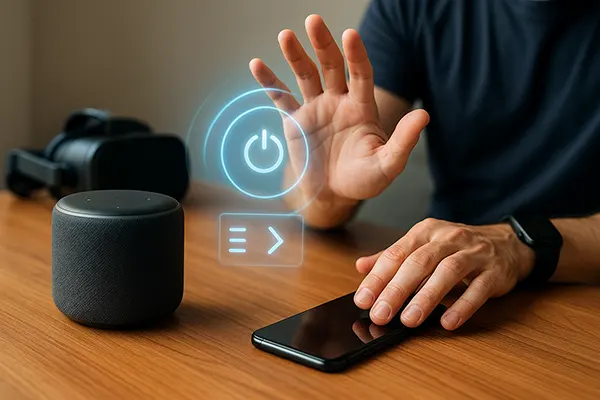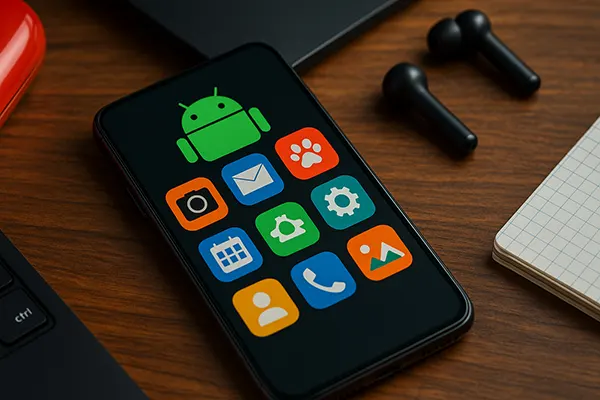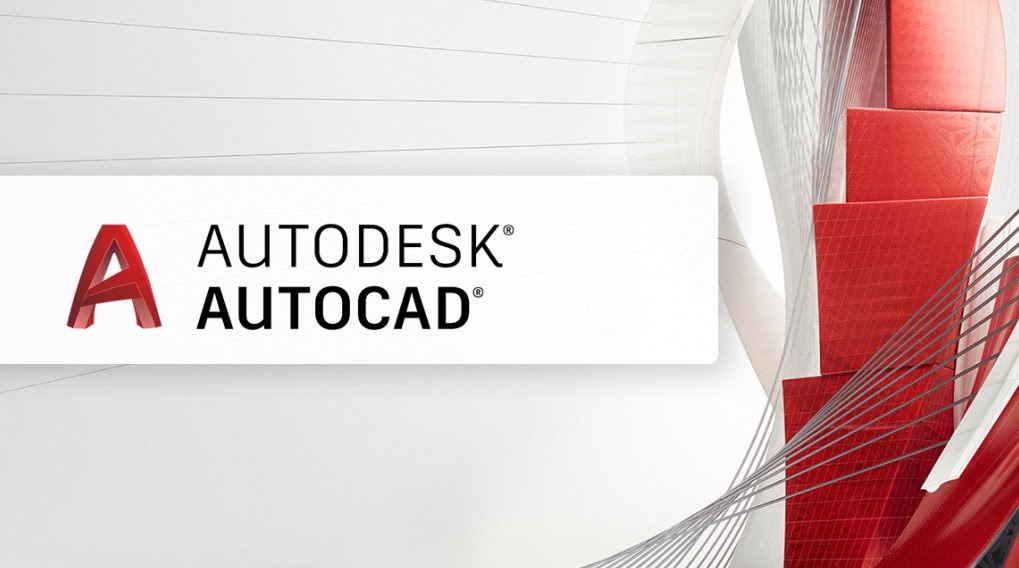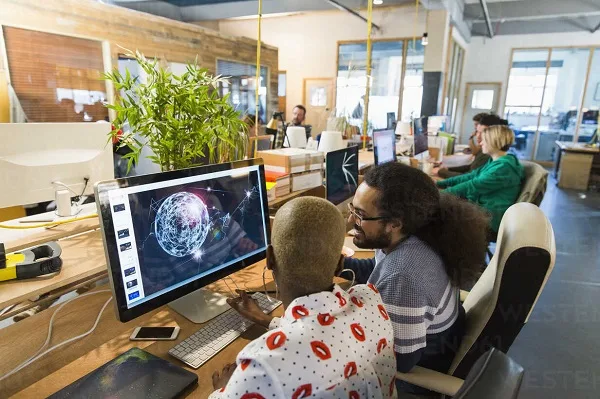
UI/UX Trends in 2025: Screenless Interfaces and Tactile Feedback
The year 2025 has brought a new wave of transformations in UI/UX design, redefining the way users interact with technology. With screen fatigue on the rise and expectations for more natural, intuitive interactions, designers and developers are turning to screenless interfaces and advanced tactile feedback systems. These innovations aim to provide more immersive, accessible, and ergonomic experiences without the reliance on traditional screens.
Rising Importance of Screenless Interfaces
Screenless interfaces, once a futuristic vision, have become an emerging standard in the field of UI/UX. Devices like smart speakers, augmented reality glasses, and gesture-based controls now allow users to interact without touching a screen. These solutions are particularly relevant in environments where touchscreens are impractical or distracting—such as driving, cooking, or industrial workspaces.
Voice recognition technologies have matured, offering near-human comprehension levels in multiple languages. Developers now build conversational interfaces that seamlessly integrate with daily routines, delivering information and services naturally. Major tech firms have prioritised voice-first design principles in their 2025 releases.
Moreover, AI-driven intent prediction complements screenless systems by anticipating user needs. Whether it’s suggesting a route while driving or reading messages aloud during a workout, these features are now core to user-centric digital ecosystems.
Challenges of Designing Without Screens
Creating effective user experiences without a visual interface demands a new set of design paradigms. Instead of layout and colour schemes, designers focus on dialogue flow, audio cues, and behavioural logic. UX professionals must now master sound design and error recovery through voice feedback.
Ensuring inclusivity in screenless environments is another challenge. Designers must account for speech impediments, regional accents, and different cognitive processing styles. In response, 2025 has seen increased adoption of multimodal interaction—combining gesture, voice, and haptics to ensure accessibility for diverse users.
Security and privacy also require rethinking. As screenless devices continuously listen or track movement, safeguarding sensitive data demands encryption, minimal data collection, and transparent user control over permissions.
Tactile Feedback as a New UX Pillar
Haptic technology has advanced beyond simple vibrations to deliver nuanced tactile feedback that simulates textures, resistance, and physical pressure. In 2025, smartphones, VR controllers, and wearables feature precision actuators that enable users to “feel” digital content. This development marks a major shift towards more sensory-rich digital experiences.
Gaming and healthcare industries have led the adoption of haptics. In virtual rehabilitation, patients use gloves that simulate muscle resistance, aiding therapy through natural movement. Meanwhile, gamers can feel recoil, tension, or in-game obstacles, deepening their immersion and responsiveness.
Designing with haptics requires a close collaboration between software developers and hardware engineers. User testing is essential, as the perception of touch varies widely across demographics and applications. Tactile UX must consider duration, intensity, and meaning behind each sensation.
Practical Applications in Daily Life
Beyond niche use cases, tactile feedback has entered daily life. In automotive UX, haptic controls allow drivers to operate infotainment systems without looking away from the road. Smartwatches now respond with subtle textures to notify users without disrupting their focus or environment.
In retail, physical buttons are being replaced with touch surfaces that simulate button presses. This provides the familiarity of traditional interfaces with the flexibility of digital input. The result is a satisfying, efficient interaction across kiosks, ATMs, and appliances.
Education and remote work also benefit. Tactile tools enable virtual labs where students “feel” chemical reactions or mechanical processes. These innovations support deeper learning through direct interaction, bridging the gap between theory and practice.

Integrating Multisensory Design Strategies
The future of UI/UX is multisensory. As reliance on visual information decreases, designers are leveraging sound, touch, and spatial awareness to guide users. This holistic approach creates interfaces that are more intuitive, memorable, and emotionally resonant.
Spatial audio, for instance, is now used in mobile apps to indicate direction or proximity. Combined with haptics, it enhances navigation for both visually impaired users and general audiences in complex environments such as airports or hospitals.
Cross-device continuity is essential. Wearables, cars, smart homes, and phones must deliver a consistent multisensory experience. Designers in 2025 are focusing on ecosystem thinking, ensuring that tactile, audio, and contextual cues remain aligned across all devices and scenarios.
Ethical and Sustainable Considerations
Multisensory design raises ethical questions about sensory overload and manipulation. Designers are encouraged to prioritise user well-being, limiting unnecessary stimuli and ensuring that interactions are meaningful rather than overwhelming. Transparency in feedback mechanisms has become a design norm.
Sustainability is also key. Haptic components can increase energy consumption, so engineers are investing in low-power actuators and recyclable materials. By balancing innovation with responsibility, the UI/UX community aims to build a future that is not only engaging but also environmentally conscious.
Education around these technologies is vital. As UI/UX trends shift towards non-visual and sensory-rich paradigms, academic institutions and design bootcamps now include courses in sound design, haptic prototyping, and ethical interaction strategies. This prepares the next generation of designers for the future of human-computer interaction.
Popular topics
-
 What are the main benefits of Ahrefs
What are the main benefits of AhrefsAt the moment, numerous professionals are using a variety of …
-
 Open Source Apps for Smartphones: The Most Useful and Sta...
Open Source Apps for Smartphones: The Most Useful and Sta...Open source software continues to gain traction in the mobile …
-
 What Autodesk AutoCAD offers
What Autodesk AutoCAD offersAt the moment one of the most in-demand drawing software …
-
 Top 3 Programs for Designers: A Detailed Review
Top 3 Programs for Designers: A Detailed ReviewIn the ever-evolving world of digital design, the tools and …
-
 Mobile App MyFitnessPal: Features, Benefits, and User Exp...
Mobile App MyFitnessPal: Features, Benefits, and User Exp...MyFitnessPal, a leading fitness tracking application, continues to transform the …
